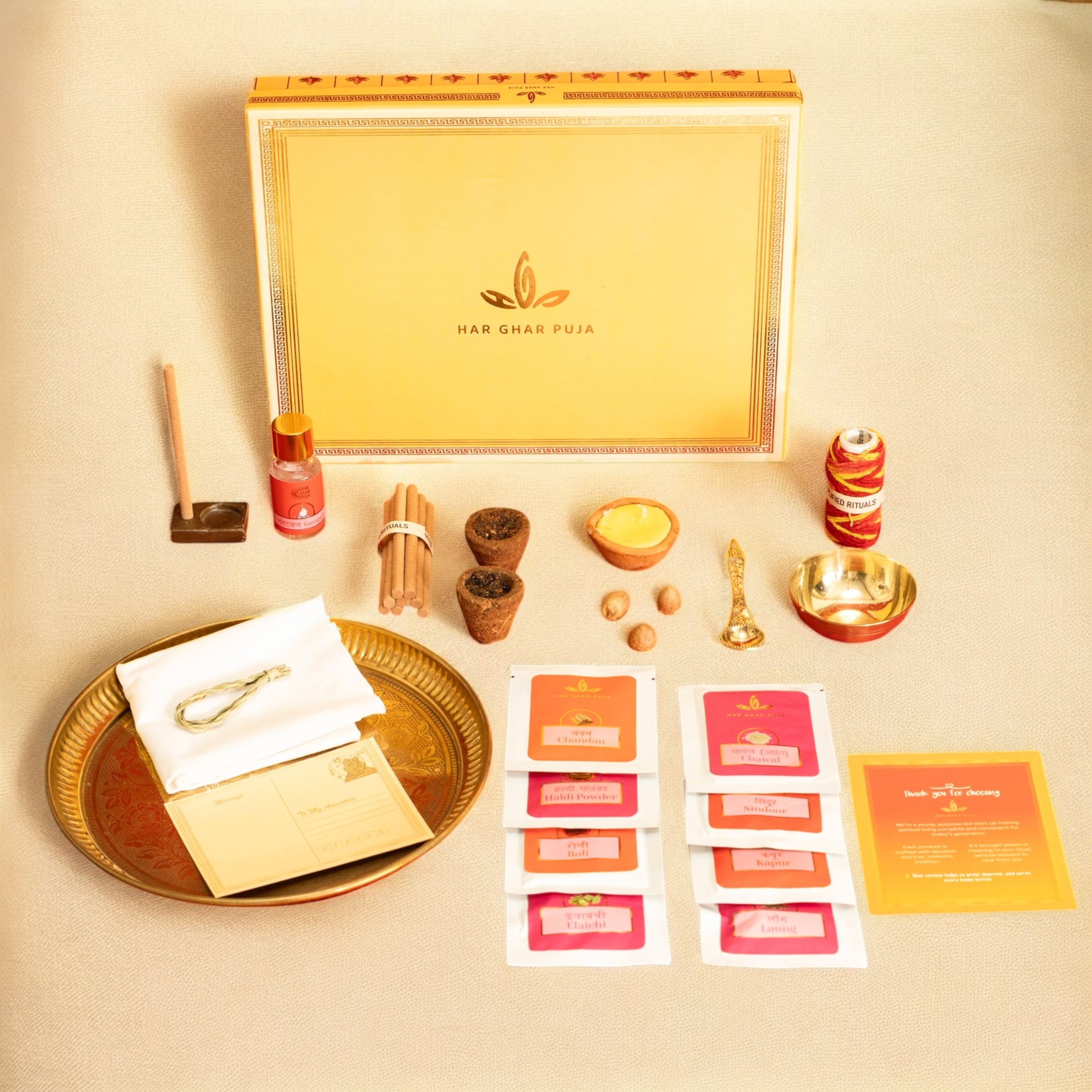In Vedic religion, agarbatti (incense sticks) holds as much significance as the lamp during worship. Religious rituals are considered incomplete without the use of agarbattis, which are a major source of positive energy. Natural agarbattis are deemed most suitable for creating a positive atmosphere in the home.
Worship in Hinduism is considered the best means of attaining salvation, involving various steps such as offering water, sandalwood, flowers, offerings, candles, and agarbattis. Each element contributes to the perfection of the ritual.
This article delves into the importance of agarbattis made from flowers and dried basil leaves in Hinduism, explaining their various types and significance.
What is Agarbatti?
Agarbatti is an incense stick that, when lit, emits fragrant smoke. It is a staple in almost every Indian home, shop, and place of worship. Agarbattis are lit in the morning as a part of the daily routine.
What Should Be the Best Incense?
The best incense is made from dried flowers such as kevda, rose, etc. The purer the agarbatti, the more positive energy it transmits. Agarbattis made from flowers offered at temples and places of worship are considered the most potent sources of positive energy.

The flowers, once offered to the deities, are deemed sacred. These sacred flowers are dried, powdered, and crafted into agarbattis with purity, making them representations of divine power.
A Verse Explaining the Importance of Incense in Hindu Religious Texts
Vanaspatisodbhuto Gandhadhyo Gandhamuttamah. (वनस्पतिसोद्भूतो गन्धाद्यो गन्धमुत्तमः।)
Aaghreyah Sarvadevaanaam Dhoopo’yam Pratigrihyataam. (आघ्रेयः सर्वदेवानां धूपोऽयं प्रतिगृह्यताम्॥)
How to Choose Agarbatti?
It is crucial to choose agarbatti of purity and high quality. When selecting incense for worship, prefer those made from natural materials as they not only bring positive energy but are also not harmful to health.
Types of Agarbattis
- Agarbatti Made from Dried Flowers: Incense sticks made from chemicals can be harmful to health. Instead, using agarbattis made from dried flowers collected from temples can fill the environment with positive energy.
- Agarbatti Made from Native Cow Dung: Gobar agarbatti, made from cow dung, has been used in religious ceremonies since ancient times. It is used as incense in temples and homes, known for its purifying properties.
- Agarbatti Made from Basil Leaves: Tulsi (basil) holds significant importance in Hinduism. Agarbattis made from dried basil leaves are high-quality and natural, providing a peaceful mind.
- The Dhoop Cone : Incense cones are used for purifying and cleansing the atmosphere. They are easy to use and burn even in humid weather, providing a rich fragrance.

Agarbatti: The Fragrant Journey Towards Self-Discovery
Experience the power of agarbatti to transform your space with peace and positive energy. Agarbatti stabilizes the state of meditation, providing mental peace. Lighting agarbatti or incense can enhance devotion and self-realization.
Safety Tips for Using Agarbatti
- Use caution when lighting agarbatti, ensuring it is placed on a heat-resistant surface.
- Keep away from flammable objects like curtains or books.
- Do not leave agarbatti unattended.
- Keep out of reach of children and pets.
- Allow the remains and the metal part of the agarbatti to cool before touching.
By understanding and choosing the right type of agarbatti, one can enhance the spiritual experience and invite positive energy into their surroundings.
Discover the types and benefits of agarbattis, and learn how to select the best incense for enhancing positive energy and spiritual connection







